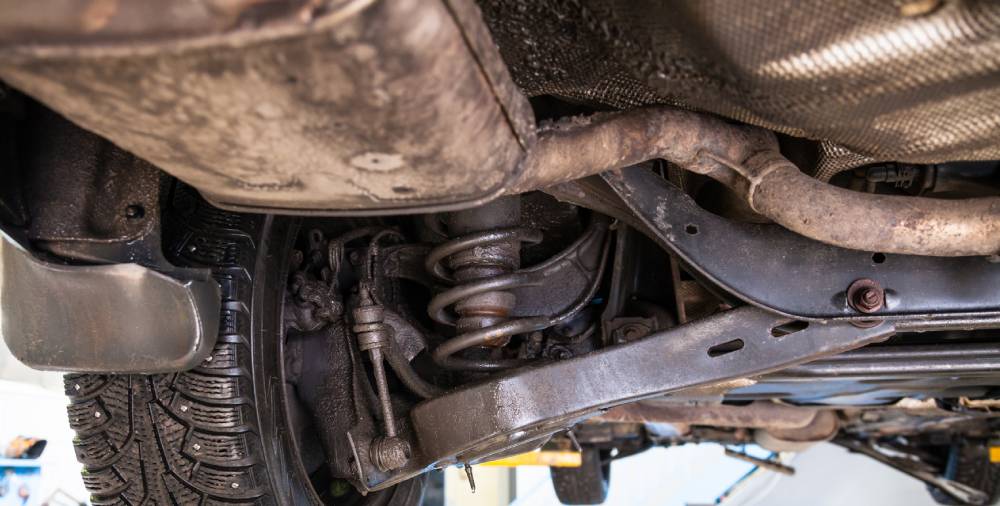In 1897, the Reeves brothers of Columbus, Indiana, developed the first modern muffler system for engines. The muffler has the job of reducing or changing the noise of a vehicle engine. However, the muffler is not needed to run the vehicle. Taking your muffler out of your exhaust system would not interrupt your vehicle’s functioning. The muffler is required for your comfort as the driver, your passengers, and everybody else around you because without the muffler, an engine is just boisterous.
Muffler Delete is the process of removing the muffler from the exhaust system at whole in a vehicle or automobile. Most consumers want a quiet non-disturbed ride in their vehicles. However, if you are more of a performance enthusiast, if you want your car to sound good, if you want it to have a little more horsepower and be a little faster, you want to get a muffler delete.
Engine Noise Componets
There are various sources of sounds in a vehicle. Suppose a vehicle is rolling down the road, with the engine firing. In that case, the sounds are going to come from:
- The intake gases being soaked into the engine
- Moving engine parts (pulleys and belts, valves opening and closing)
- Detonation inside the combustion chamber
- Expansion of exhaust gases as they flow out of the engine and along with the exhaust system
- The motion of the wheels against the surface of the road
But more than that, it is vital feedback for the driver in knowing when to change gear. The different characteristics of the engine are what drive the specific exhaust sound being produced. During manufacturing, vehicle engineers will measure the engine’s raw sound and then design and specify the muffler to reduce and boost specific frequencies to create the sort of sound they expect. Different state regulations allow for certain levels of vehicle noise. A muffler is designed to heed those noise regulations. The muffler works as a harmonically tuned container that produces the exhaust sound that we like.
Types of Mufflers
Exhaust gases come in through the entry pipe, flowing into the muffler before continuing on their way through the output pipe. There are two ways through which a muffler will reduce the sound effect or noise of an engine. The critical thing to note is that we are dealing with:
- The flow of exhaust gas.
- The sound and pressure waves traveling inside that gas
There are two types of mufflers that follow the above principles:
1. Turbo Muffler
Exhaust gases flow into a chamber in the muffler with sound waves bouncing around the baffles inside and colliding, causing destructive interference that cancels the noise effect. The turbo muffler is the most common because it is the most effective in reducing noise.
2. Straight Through or Absorption Muffler
This type is the least restrictive in allowing passage of exhaust gases but the least effective in reducing noise. The absorption muffler reduces noise by absorbing it into some soft material (insulation). This muffler has a perforated pipe inside. Some sound waves escape through the perforations and into the packing insulation material, where they are transformed into kinetic energy and later heat, which leaves the system.
Should you Have a Muffler Delete?
A muffler creates back pressure in the exhaust and slows down the speed with which the vehicle can evacuate exhaust gases robbing you of horsepower. Removing the muffler is a solution and will also add loudness to your car. However, you do not know how your engine will sound like when you do a muffler delete. For the most part, your car will sound better, although some cars sound worse when straight piped.
The sound of a vehicle is a vital part of the overall driving experience. Contact Performance Muffler in Phoenix, Arizona, and the neighboring areas to get a muffler delete today for a clear flowing exhaust, more throttle response, a way better sounding vehicle, and a great overall driving experience.

